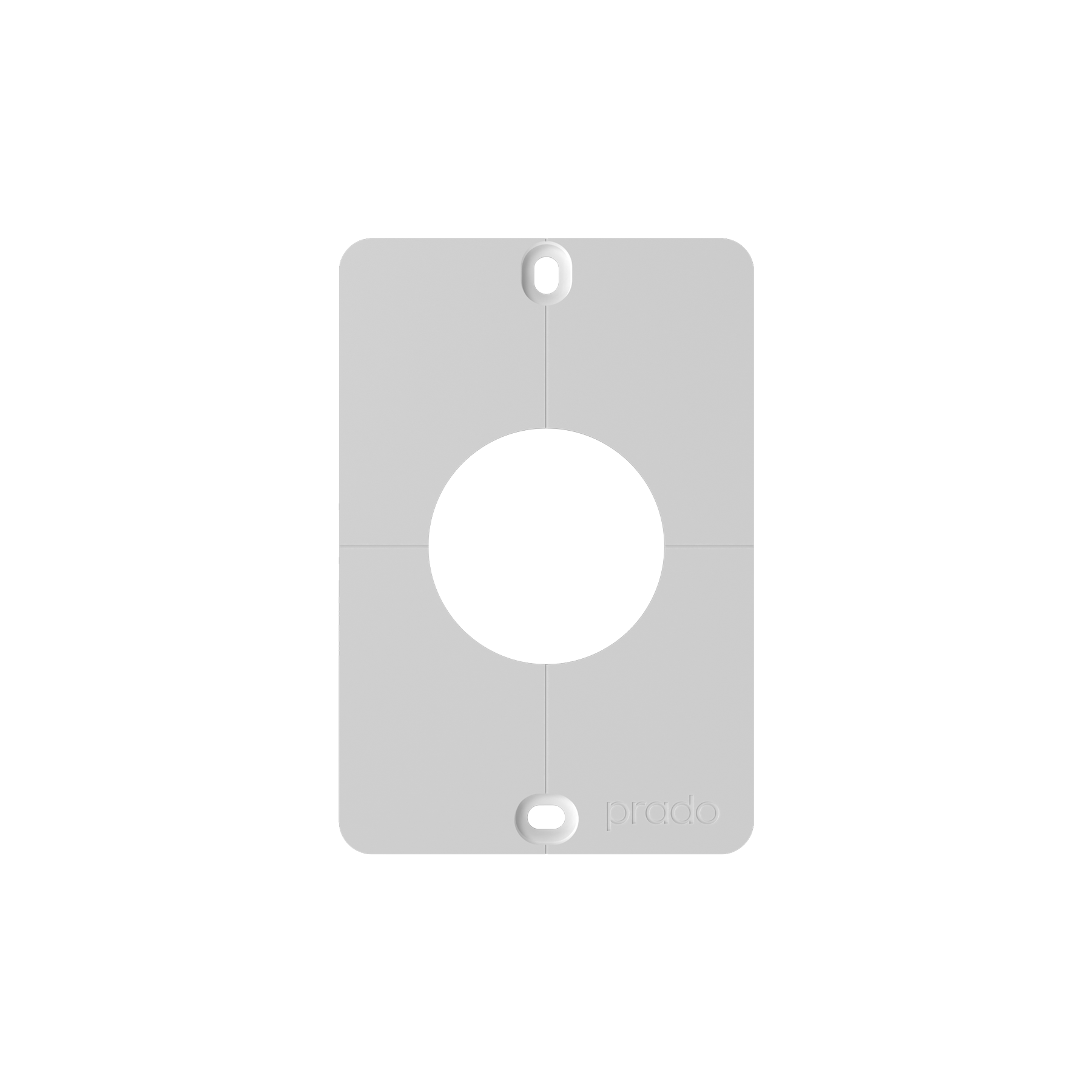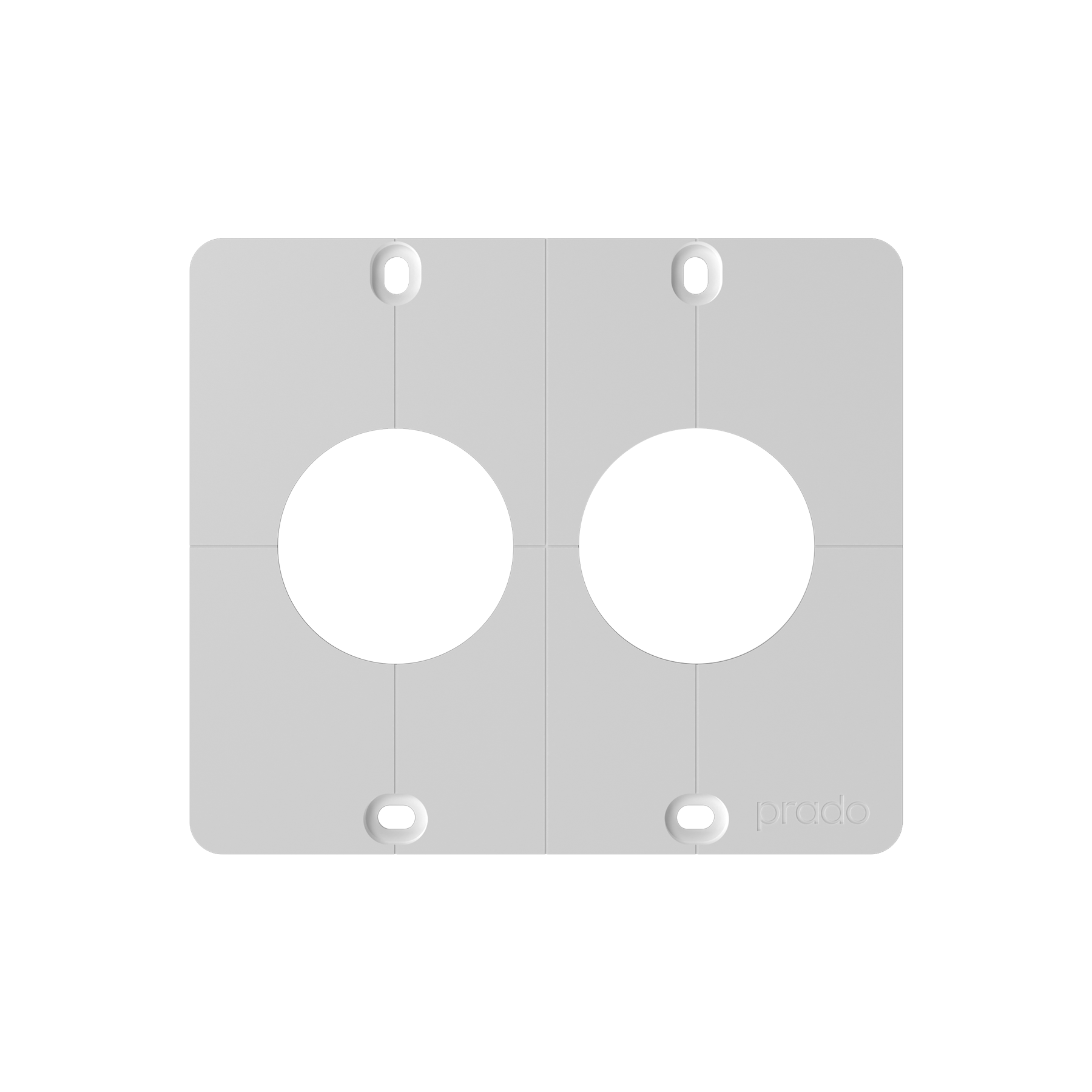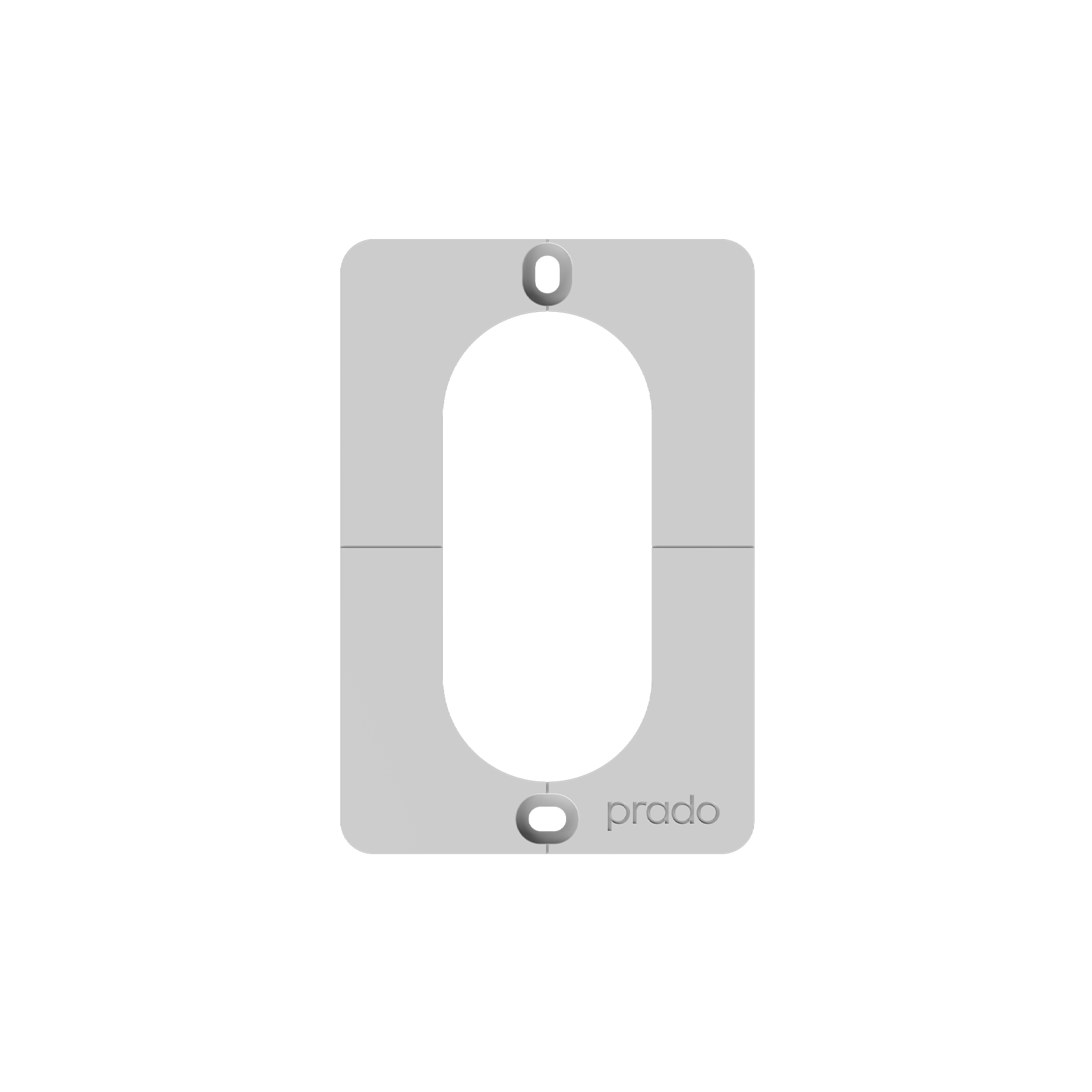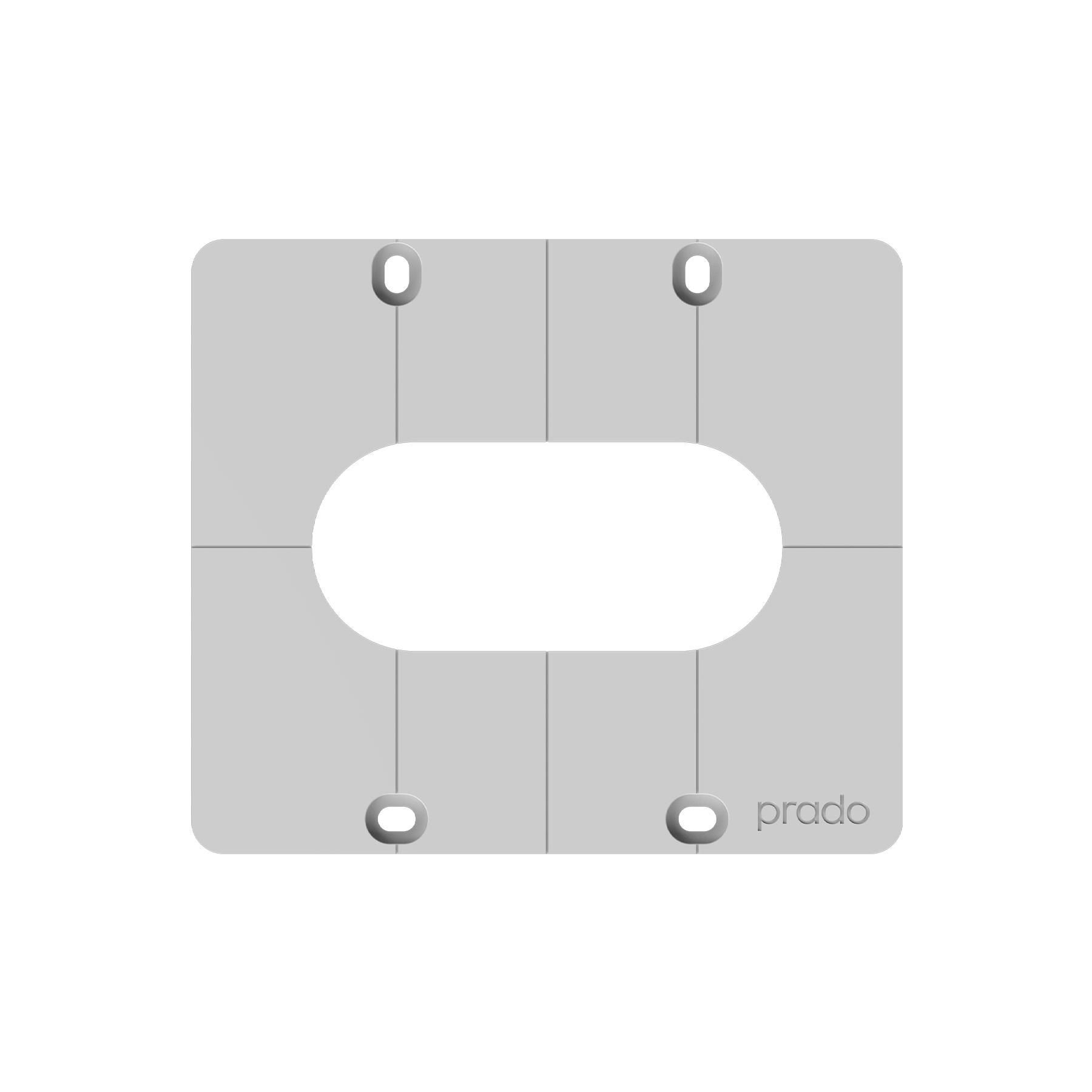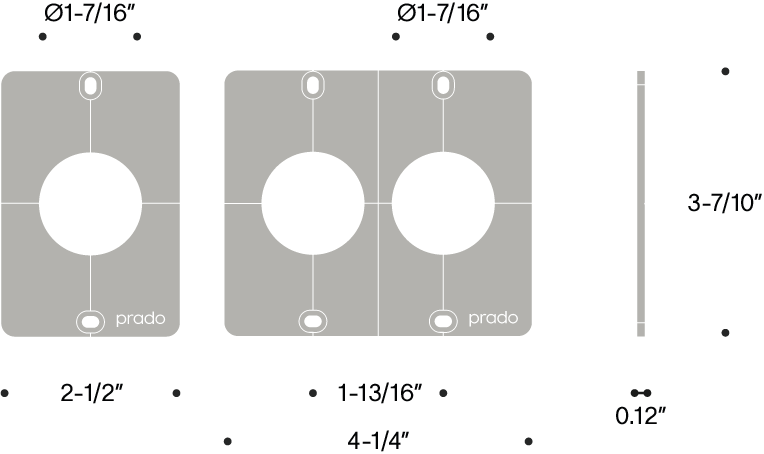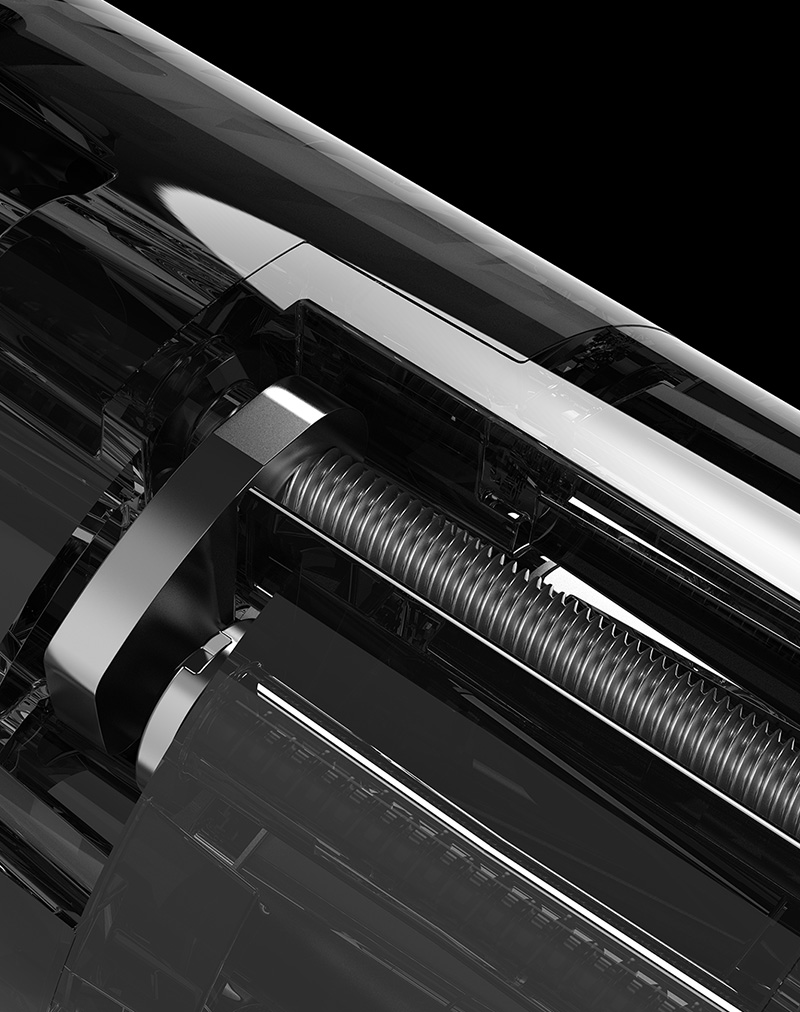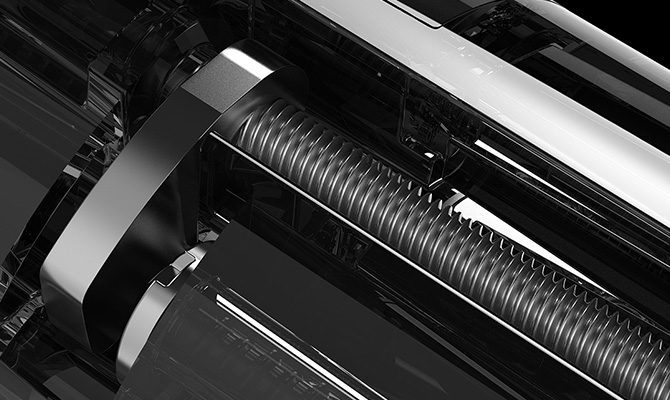You’ll need a back box cover plate when doing a hardwired installation without using the self-contained cap.
In NYC, where metallic boxes are mandatory, you must use a hardwired setup with a back box cover plate.
When installing in drywall with a hardwired setup (you’ll need a back box, back box cover plate, hardwired outlet, and outlet cover plate).
You don’t need a back box cover plate if you’re using the self-contained cap for your installation.
The cover plate provides a protective layer between the back box and wall, preventing exposed wires and ensuring safety. It also adds reinforcement when mounting in softer materials.
